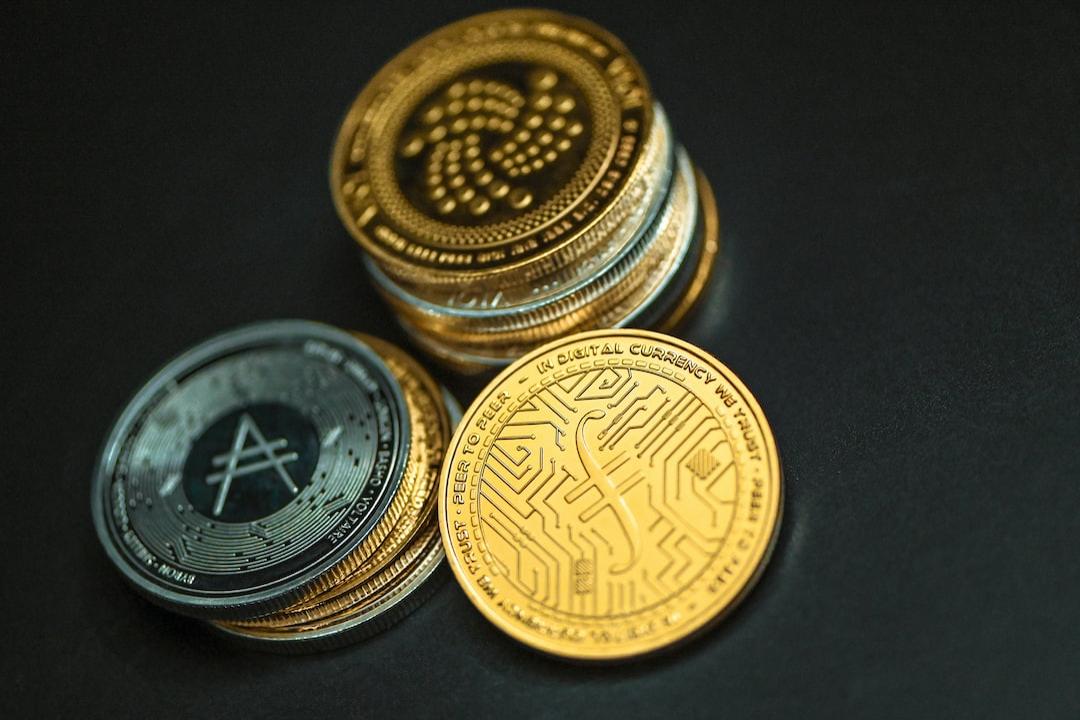As the Legislation on Stablecoins in the United States is Expected to Be Introduced in 2025, Competition Among Stablecoin Issuers is Intensifying
Circle has announced that it has signed a memorandum of understanding with Intercontinental Exchange (ICE), the parent company of the New York Stock Exchange, to integrate Circle’s USDC and its tokenized money market fund USYC into ICE’s global capital market mechanisms.
Circle Signs Memorandum of Understanding with ICE
Intercontinental Exchange (ICE), the parent company of the New York Stock Exchange, reported revenues of $9.3 billion in 2024 and has a market capitalization of $101 billion. The exchange has signed a memorandum of understanding with Circle, the issuer of the world’s second-largest stablecoin, to explore the integration of Circle’s products into its trading and clearing empire.
Under the agreement, ICE will evaluate the use of Circle’s flagship products, including the $60.3 billion USDC and the tokenized money market fund USYC, across its derivatives exchanges, clearinghouses, and data services to develop new markets and products. USYC was initially launched by Hashnote, which Circle acquired in January. USYC offers a yield of 3.8% supported by short-term U.S. Treasury bills and repo/reverse repo activities.
(Circle Acquires Hashnote, Facilitating Seamless Transition of Tokenized Cash USDC and Money Market Fund USYC)
New York Stock Exchange President Lynn Martin stated, “We believe that as digital currencies increasingly become viewed as acceptable equivalents to the dollar by market participants, Circle’s stablecoin and tokenized digital currencies can play a larger role in capital markets. We are excited to explore the potential use cases of USDC and USYC in the ICE markets.”
Market Capitalization of Stablecoins is Soaring, with Transaction Volumes Double That of Visa
The market capitalization of stablecoins is soaring. The leading stablecoin Tether’s USDT has reached a market cap of $144 billion, while Circle, driven by compliance, has recently surged, with USDC’s market cap reaching $60.3 billion, finally recovering from the lows caused by the Silicon Valley Bank run and setting new historical highs.
However, the real attraction lies in how these tokens are transforming from convenient tools for cryptocurrency traders into a popular medium for fast and cost-effective cross-border payments. According to Dune’s data, as of February, stablecoins processed up to $35 trillion in transfers annually, twice the transaction volume of Visa.
The United States is Expected to Legislate, with Companies Competing for the Stablecoin Market
Traditional finance is paying attention to this sector. Brian Moynihan, CEO of Bank of America, recently stated that if the U.S. passes relevant legislation, the bank will consider issuing a stablecoin. Fidelity Investments has begun researching a stablecoin under its digital assets division, which currently offers custody and trading services for Bitcoin, Ethereum, and Litecoin.
The Trump administration viewed stablecoins as a key avenue for maintaining the dollar’s global dominance. Legislation currently under consideration in Congress is expected to provide a clear regulatory framework for stablecoins. Coincidentally, the Trump family has profited at least $400 million from the crypto project World Liberty Financial, which also plans to launch a stablecoin USD1 backed by U.S. Treasury bonds, dollars, and other cash equivalents.
(Trump WLFI Collaborates with Custodian BitGo to Launch Institutional-Grade Stablecoin USD1: Solidifying On-Chain Dollar Dominance)
Risk Warning
Investing in cryptocurrencies is highly risky, and their prices can be extremely volatile. You may lose all your principal. Please assess the risks carefully.

